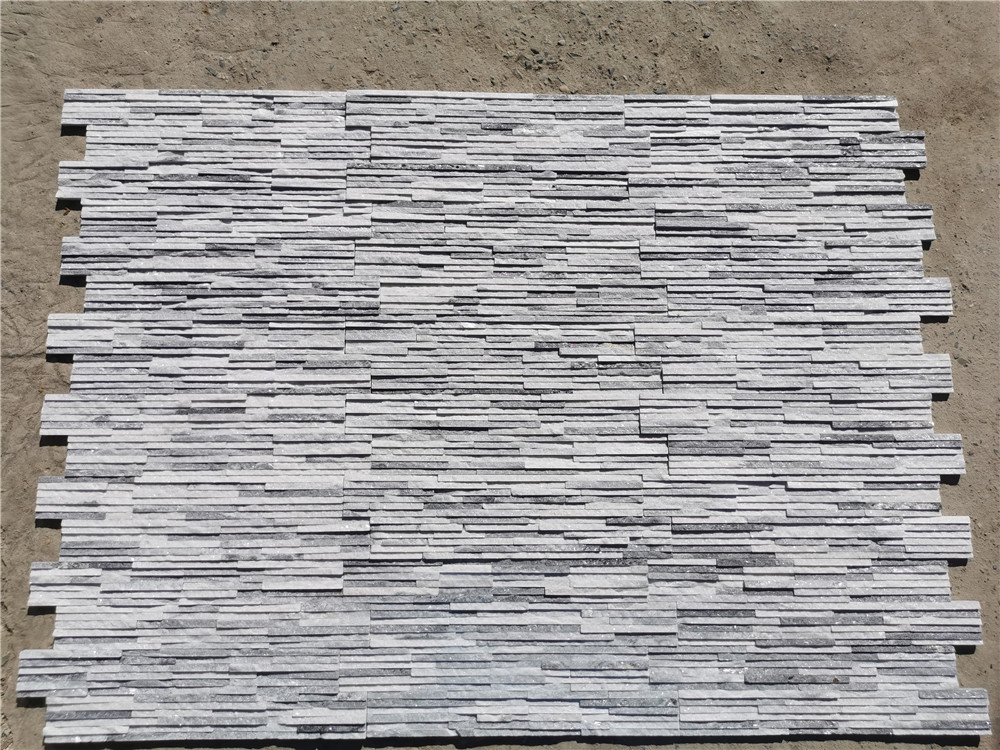Introduction
In the realm of construction and infrastructure development, the search for sustainable and durable materials has led to the exploration of innovative solutions. One such material that has been gaining attention in recent years is cultured basalt. Cultured basalt is a man-made material that replicates the properties of natural basalt rock, offering a range of benefits in various applications. In this article, we will delve into the world of cultured basalt, exploring its composition, properties, applications, and the potential it holds for the future of construction and design.
What is https://www.fs-slate.com/roofing-slate/ ?
Cultured basalt, also known as basalt fiber reinforced polymer (BFRP), is a composite material made from fine fibers derived from the volcanic rock basalt. Basalt is a dark-colored igneous rock that is formed from the rapid cooling of lava. It is known for its high strength and durability, making it an ideal candidate for construction applications. To create cultured basalt, basalt rock is melted at high temperatures and then extruded into fine fibers. These fibers are then combined with a polymer resin to create a composite material with enhanced properties.
Properties of Cultured Basalt
Cultured basalt offers a unique combination of properties that make it a versatile and high-performance material for a wide range of applications. Some of the key properties of cultured basalt include:
1. High Strength: Cultured basalt fibers have a tensile strength that is comparable to high-strength steel, making them ideal for applications where strength is a critical factor.
2. Lightweight: Despite its high strength, cultured basalt is lightweight, making it a suitable choice for applications where weight reduction is important.
3. Corrosion Resistance: Basalt fibers are highly resistant to corrosion, making cultured basalt an excellent choice for applications in harsh environments or where exposure to chemicals is a concern.
4. Thermal Stability: Cultured basalt has excellent thermal stability, with the ability to withstand high temperatures without losing its structural integrity.

5. Fire Resistance: Basalt fibers have inherent fire-resistant properties, making cultured basalt a safe choice for applications where fire safety is a priority.
Applications of Cultured Basalt
The unique properties of cultured basalt make it suitable for a wide range of applications across various industries. Some of the key applications of cultured basalt include:
1. Construction: Cultured basalt is used in construction for reinforcing concrete structures, such as beams, columns, and slabs. The high strength and durability of basalt fibers help improve the structural integrity and longevity of these elements.
2. Infrastructure: Cultured basalt is used in infrastructure projects, such as bridges, tunnels, and roads, to enhance the durability and longevity of these structures. The corrosion resistance of basalt fibers makes them well-suited for applications in harsh environments.
3. Automotive: Cultured basalt is used in the automotive industry for manufacturing components such as body panels, engine parts, and interior trim. The lightweight and high-strength properties of basalt fibers help improve fuel efficiency and performance.
4. Aerospace: Cultured basalt is used in the aerospace industry for manufacturing components that require high strength, lightweight, and thermal stability. The fire-resistant properties of basalt fibers make them ideal for applications in aircraft interiors.
5. Marine: Cultured basalt is used in marine applications for manufacturing boat hulls, propellers, and other components that require corrosion resistance and durability in saltwater environments.
Future Prospects of Cultured Basalt
As the demand for sustainable and high-performance materials continues to grow, cultured basalt is poised to play a significant role in shaping the future of construction and design. With ongoing research and development efforts focused on enhancing the properties and cost-effectiveness of cultured basalt, the potential applications of this innovative material are vast. From reducing the environmental impact of construction projects to improving the safety and durability of infrastructure, cultured basalt holds promise as a material of choice for the future.
Conclusion
In conclusion, cultured basalt is a remarkable material that offers a unique combination of properties that make it well-suited for a wide range of applications. From construction and infrastructure to automotive and aerospace industries, cultured basalt has the potential to revolutionize the way we design and build structures. With its high strength, durability, and environmental sustainability, cultured basalt represents a promising solution for the challenges faced in the modern world. As research and development in this field continue to advance, we can expect to see cultured basalt emerge as a key player in the materials industry, shaping the future of construction and design.
